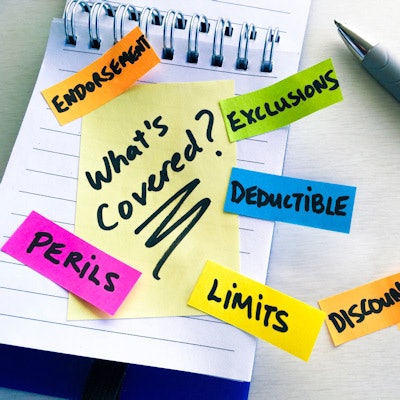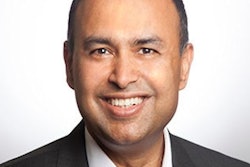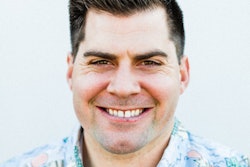
About half of those who lost dental insurance when they became unemployed due to COVID-19 are expected to remain uninsured. Higher rates can be expected in states that didn't expand Medicaid, according to a study published on August 28 in the Journal of Dental Research.
Dental practices should anticipate drops in routine dental exams, a boost in procedures such as tooth extractions that are undergone more often by the uninsured and publicly insured, and an uptick in emergency visits.
"These changes may further affect dental practice as the dental industry resumes care delivery in an uncertain economic and [healthcare] environment," wrote the authors, led by Sung Eun Choi, PhD, of the department of oral health policy and epidemiology at the Harvard School of Dental Medicine.
No job, no coverage
In August, the unemployment rate was 8.4%, and 13.6 million people were unemployed. Though this was the fourth consecutive month in which that number decreased, it's still higher than it was in February right before many states shut down due to COVID-19. In February, the unemployment rate was 3.5%, and 5.8 million were unemployed. Despite these gloomy figures, 22,000 people have returned to the dental workforce, according to statistics released on September 4 by the U.S. Bureau of Labor Statistics.
Dentistry's recovery has pretty much leveled off at about 80% of pre-COVID-19 levels, and industry experts have been waiting and watching to see exactly how the rising unemployment rate will affect dental practices. They also have been worried about how the pandemic may widen the gaps in care for underserved populations. The COVID-19 pandemic may lead to about one-fifth of Medicaid providers in private practice disenrolling from the program, according to recent data from the ADA's Health Policy Institute (HPI).
Number crunching
Using previously applied econometric estimates, the researchers estimated changes in dental insurance coverage at the state level. A microsimulation model and national practice survey data were used to project the types of dental procedures performed at dental practices in the U.S. Changes in emergency department visits for dental problems were estimated by fitting trendlines to emergency room visit patterns by payor type.
Approximately 47% of those who lost their employer-sponsored dental insurance when they were laid off are expected to remain uninsured, while approximately 45% are likely to enroll in state-based Medicaid and the Children's Health Insurance Program (CHIP). Those who become eligible for Medicaid may have variable dental coverage based on the state in which they live. Twelve states, including Texas, Florida, and Wisconsin, have not adopted the Medicaid expansion, according to data released in August from the Kaiser Family Foundation.
Dental-related emergency department visits also are expected to grow by 4%, the authors wrote.
Important comparison
The study had several limitations; for example, the researchers assumed the response of employer-sponsored insurance rates to the unemployment rate would be the same between medical and dental insurance plans when estimating coverage changes. However, due to overall lower dental insurance enrollment rates compared to medical, the response of employer-sponsored dental insurance rates to unemployment rates is likely higher than that of medical, they noted.
"Losses of employment caused by the COVID-19 [pandemic] in the United States can have countervailing effects on people's health by impeding access to dental care," they wrote.
Just scratching the surface
Teresa Duncan, a dental insurance consultant and the president of Odyssey Management, said there are plenty of other challenges.
"We've already seen the effects of employment status changes," Duncan said. "It's been difficult to obtain accurate eligibility due to human resources departments not reporting personnel changes."
Patients who choose to extend coverage using the Consolidated Omnibus Budget Reconciliation Act (COBRA) present different issues for dental practices.
"Offices will need to be firm with coinsurance collection," Duncan said. "COBRA plans are notoriously slow paying. On the other hand, if a patient indicates COBRA coverage, then he or she is likely a good candidate for an in-house savings plan."
Most importantly, patients without insurance will likely stop going to the dentist.
"Patients who had predictable regular coverage will likely put off care until they can either afford it or until they obtain coverage," she said. "Patients will appreciate offices that make it easier by offering membership plans or third-party financing."




















